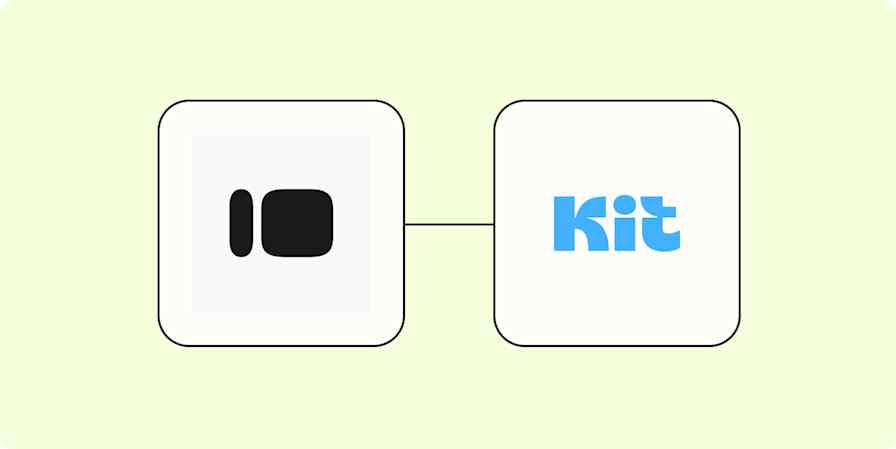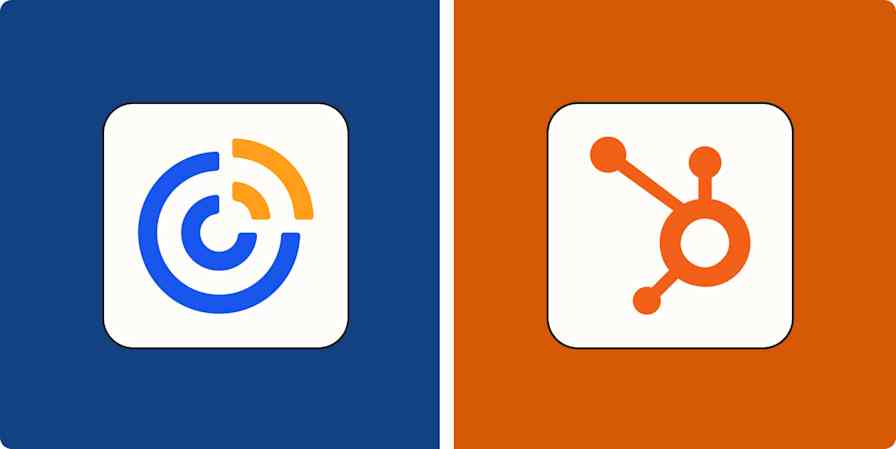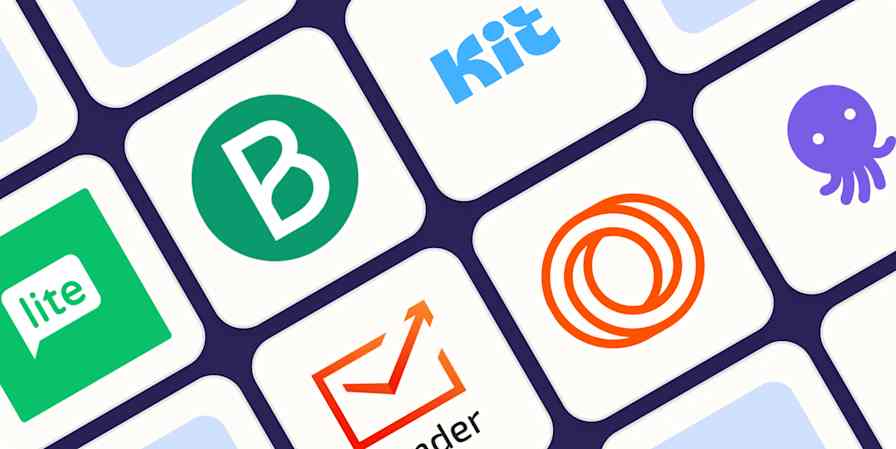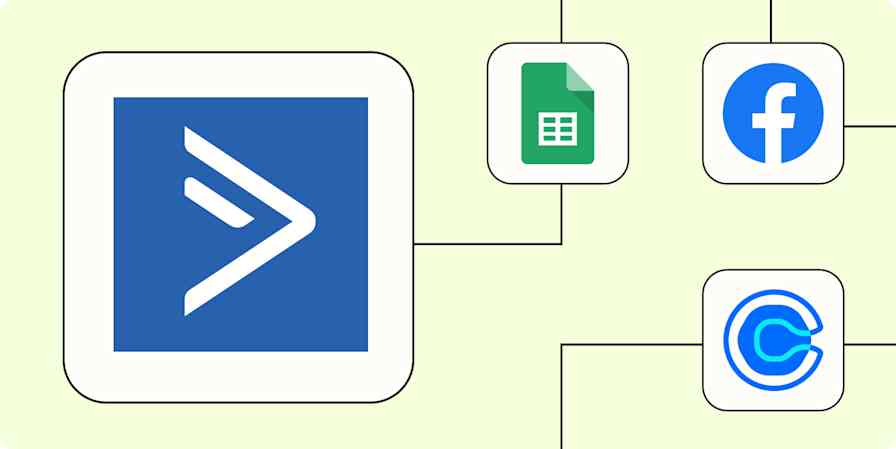Zapier tutorials
4 min readNeed to use multiple email marketing tools? Connect everything with Zapier.
By Nilangan Ray · March 8, 2023
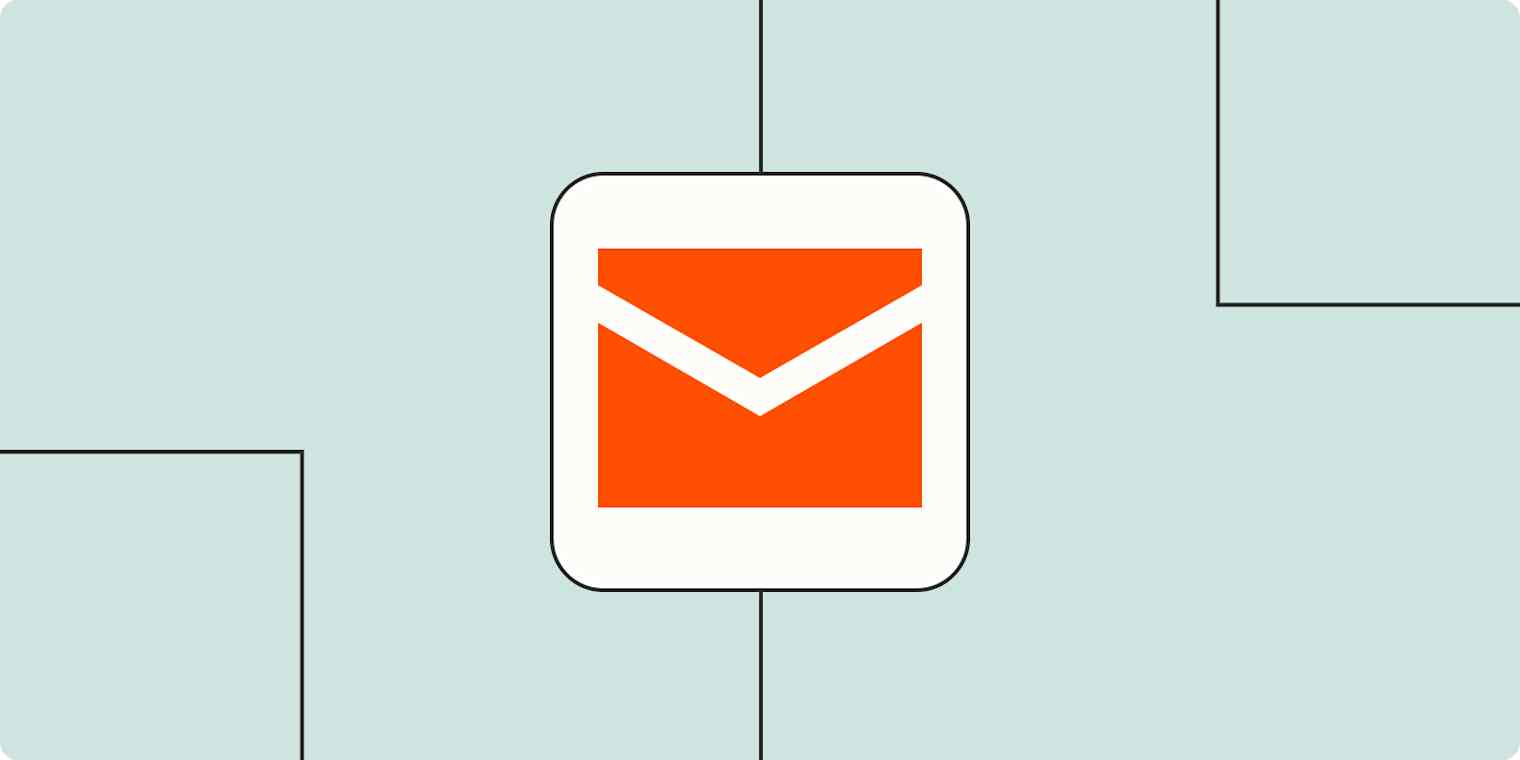
Get productivity tips delivered straight to your inbox
We’ll email you 1-3 times per week—and never share your information.
mentioned apps
Related articles
Improve your productivity automatically. Use Zapier to get your apps working together.

